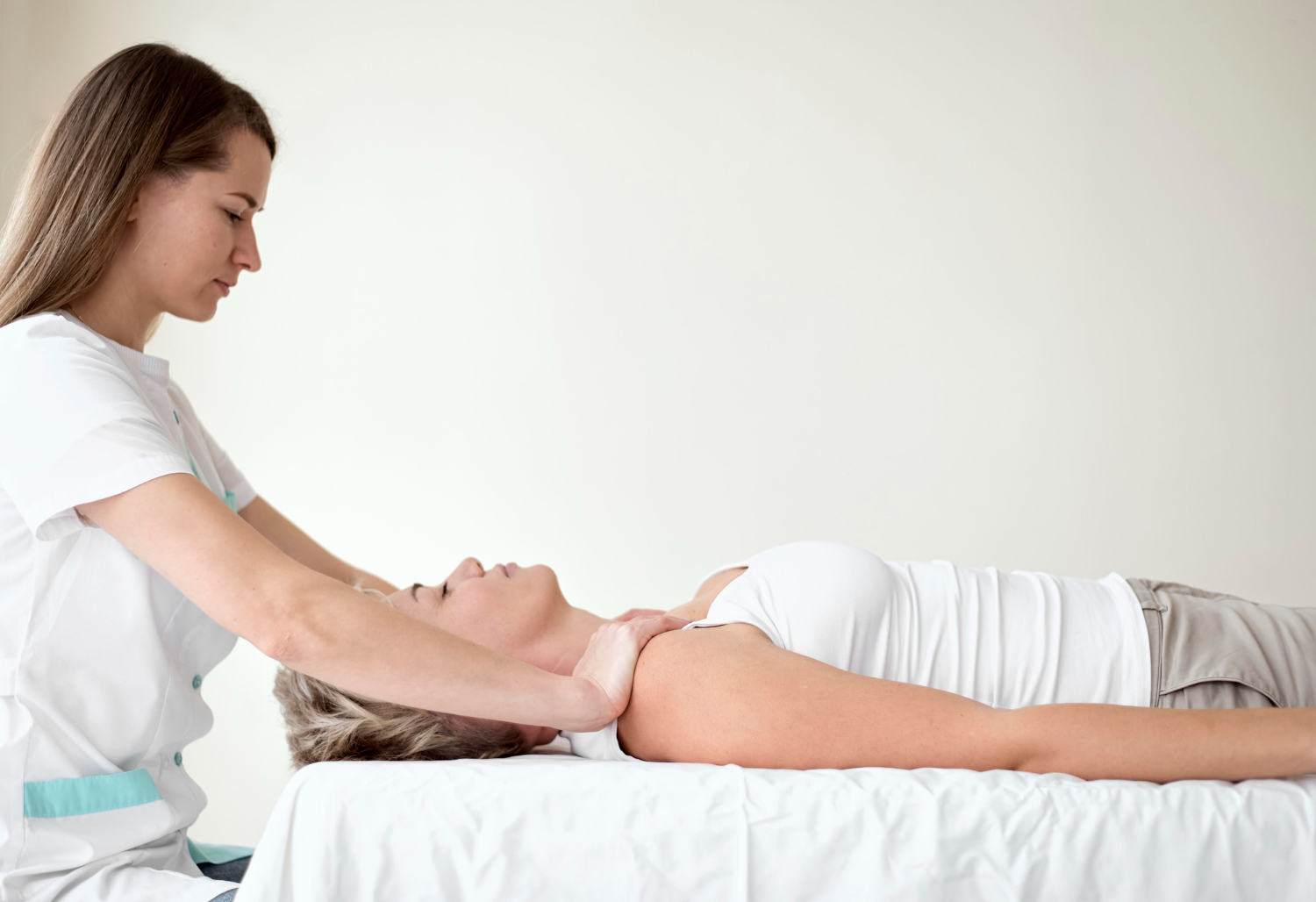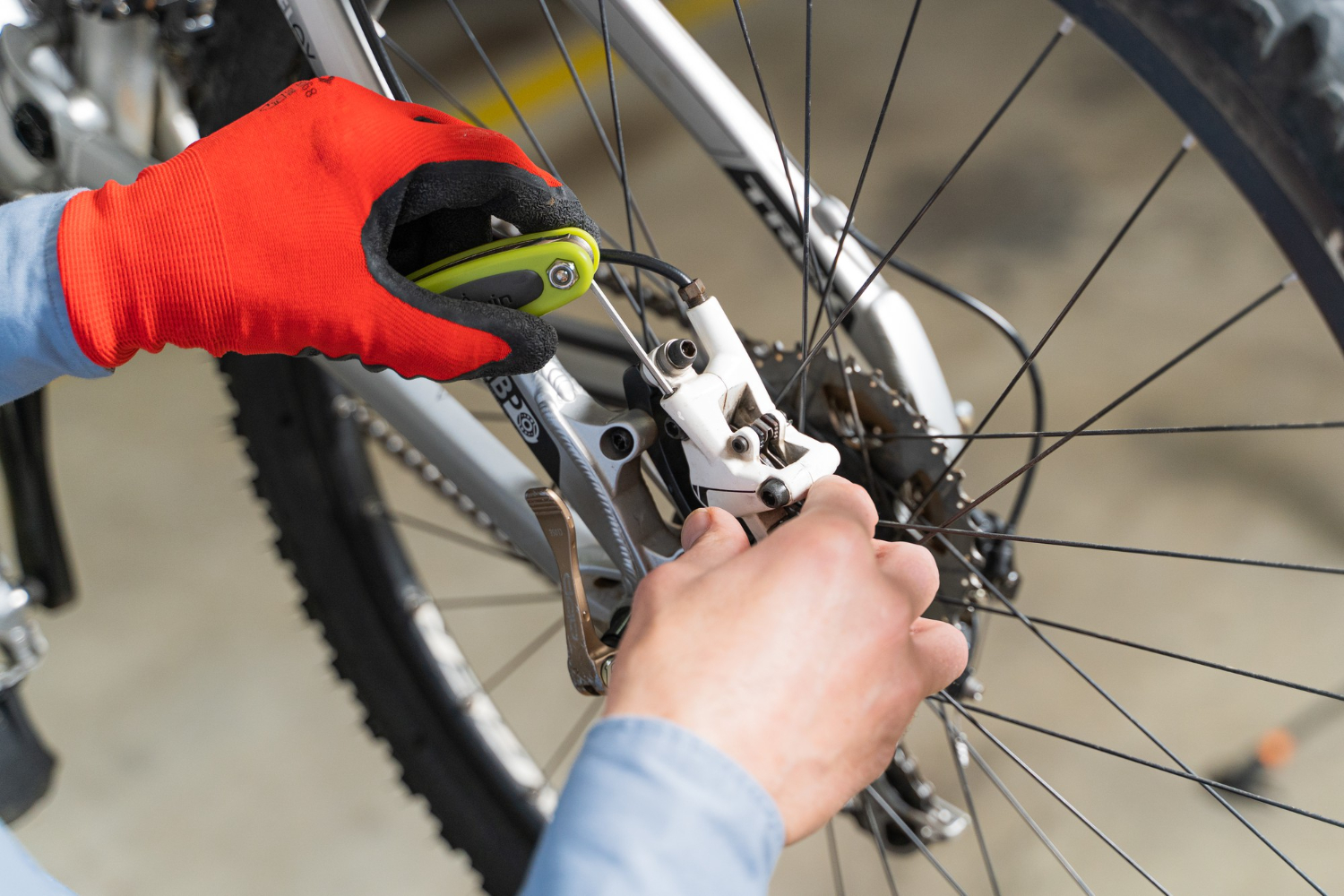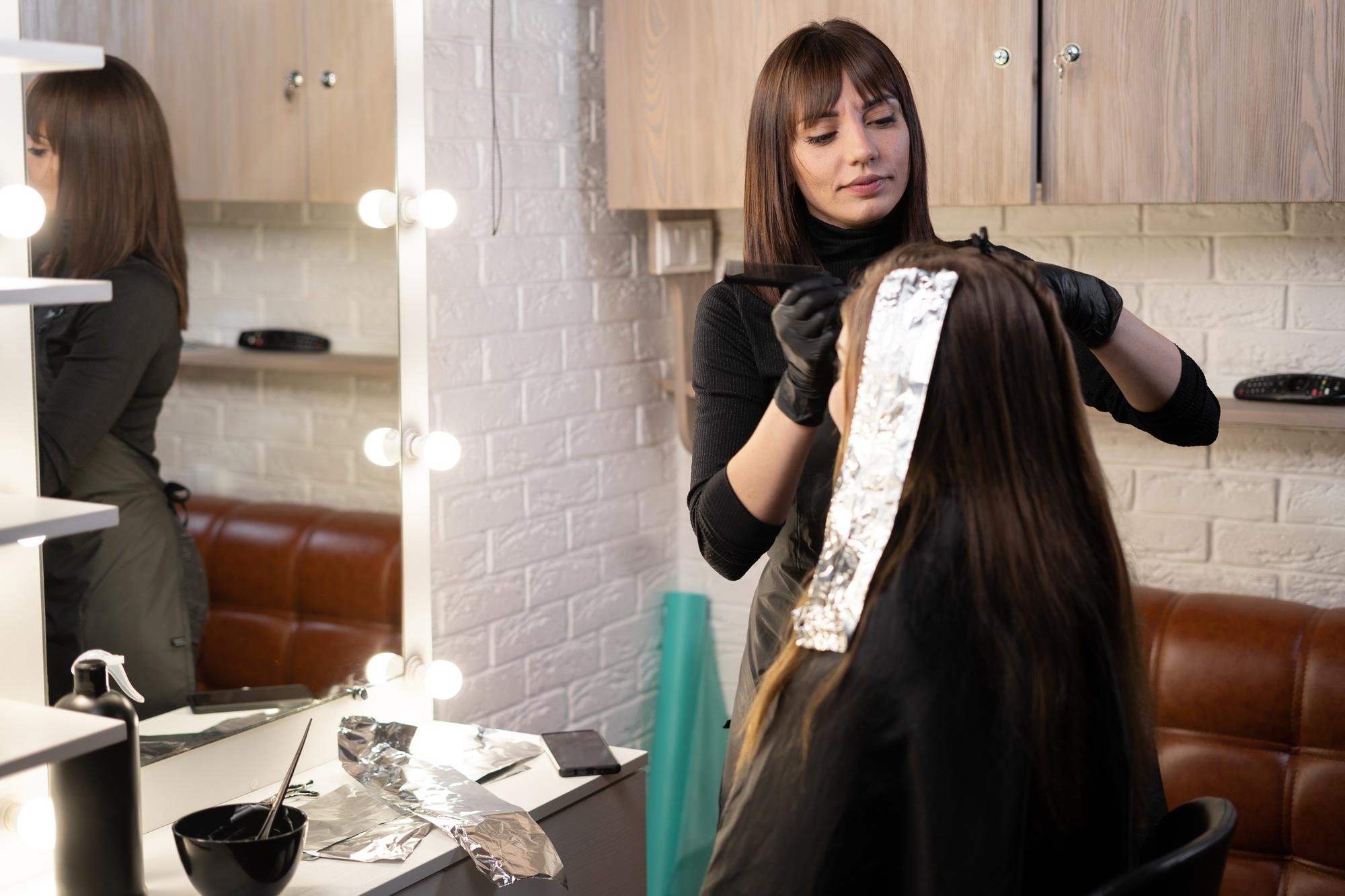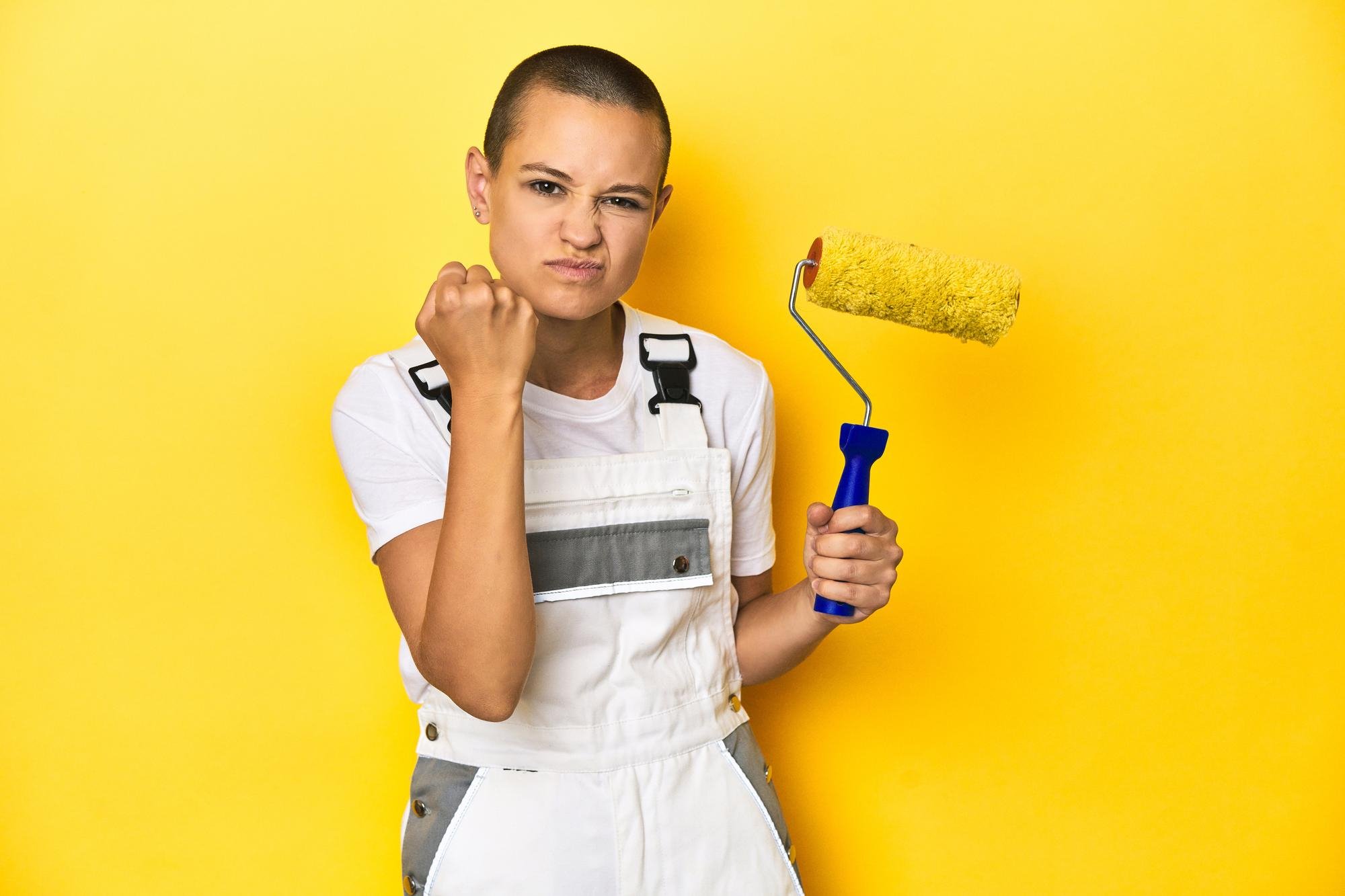Imagine being able to relieve swelling, boost your immune system, and unwind your mind, all with a gentle massage that you can perform yourself or receive from a trained professional.
This is the promise of lymphatic drainage massage, a therapeutic technique that has gained popularity for its holistic approach to health and wellness.
In this guide, we’ll explore what lymphatic drainage is, the myriad benefits it offers, and how you can perform this remarkable massage step-by-step.
Table of Contents
ToggleWhat is Lymphatic Drainage Massage?
Lymphatic drainage massage is a specialized form of massage therapy that gently manipulates specific areas of your body to encourage the flow of lymph fluid. Developed in the 1930s by Dr. Emil Vodder and his wife Estrid in Paris, this technique focuses on the body’s lymphatic system, a crucial part of the immune system.
The lymphatic system consists of a network of lymph vessels and nodes that move lymph fluid throughout the body. This system helps remove waste, fight infections, and maintain fluid balance. When this system becomes overloaded or blocked, it can lead to swelling and a range of health issues, which is where lymphatic drainage massage comes in.
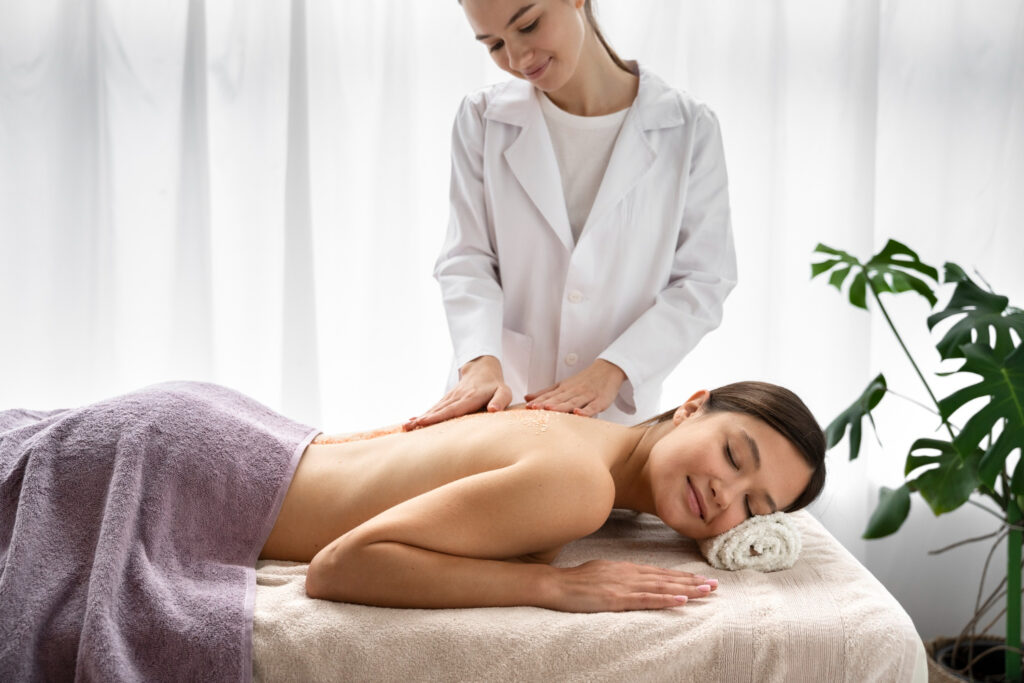
Benefits of Lymphatic Drainage Massage
Reducing Fluid Retention and Swelling
One of the primary benefits of lymphatic drainage massage is its ability to reduce fluid retention and swelling. This is particularly beneficial for individuals suffering from lymphedema, a condition often caused by cancer treatments that remove or damage lymph nodes.
Supporting the Immune System
By stimulating the lymphatic system, this massage technique can enhance immune function, helping the body ward off infections more effectively. Regular sessions can be a proactive measure for maintaining optimal health.
Improving Skin Glow and Reducing Puffiness
Lymphatic drainage is not just for health issues; it also offers aesthetic benefits. By promoting better circulation and removing toxins, it can lead to clearer skin and reduced facial puffiness, giving you a natural glow.
Stress Management and Relaxation
Beyond physical health, lymphatic drainage massage is an excellent tool for stress management. The gentle, rhythmic movements help to calm the nervous system, promoting relaxation and mental clarity.
How Lymphatic Drainage Massage Works
The lymphatic system relies on the movement of muscles and the body’s circulatory system to function effectively. Lymphatic drainage massage mimics these movements to aid lymph fluid flow. The massage involves light pressure and strategic strokes to stimulate lymph nodes and vessels, helping to redirect fluid and enhance circulation.
The science behind lymphatic massage lies in its ability to reduce swelling by moving lymph fluid out of congested areas. This technique is particularly effective in areas prone to fluid buildup, such as the limbs and face.
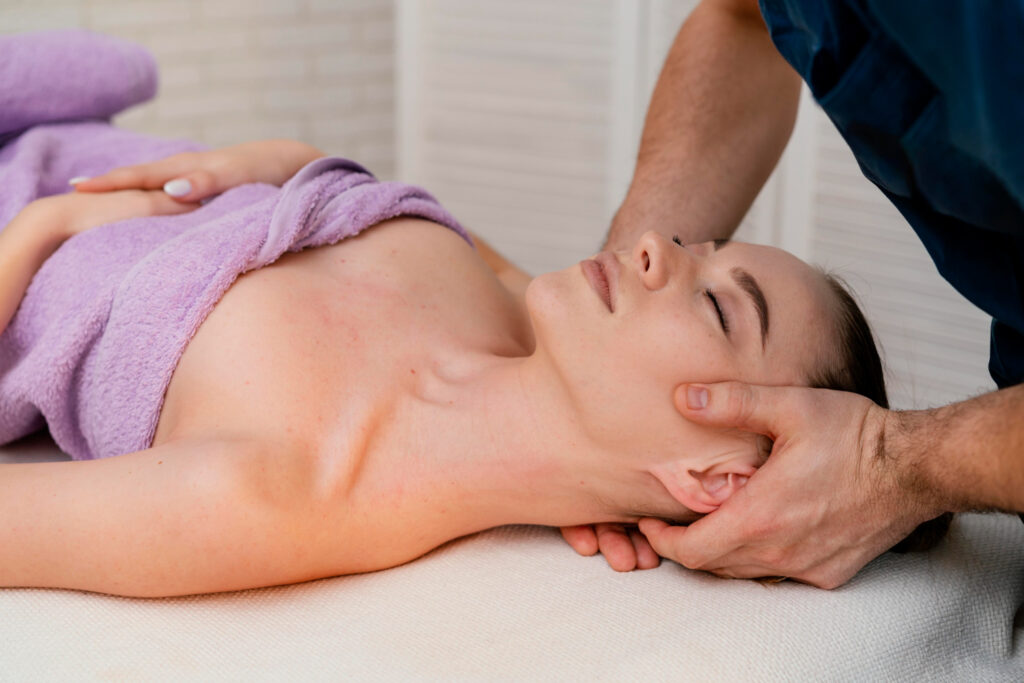
How to Perform Lymphatic Drainage Massage
Preparing for the Massage
Importance of a Calm Environment and Setting
Creating a soothing environment is key. Dim the lights, play relaxing music, and ensure the room is at a comfortable temperature. This sets the stage for a successful session.
Necessary Tools and Materials
While you can perform lymphatic drainage massage with just your hands, having items like a massage oil or lotion can help reduce friction during the massage.
Precautions and Contraindications
Before starting, it’s important to be aware of any contraindications. Avoid lymphatic drainage massage if you have conditions such as acute infections, heart problems, or kidney failure. Always consult a healthcare professional if unsure.
Step-by-Step Guide
Step 1: Lymphatic Breathing
Start with deep lymphatic breathing. This involves placing your hands on your lower ribs, inhaling deeply, and exhaling slowly. This step helps move lymph fluid through your vessels.
Step 2: Preparing the Neck
Focus on the neck, where many lymph nodes are located. Use gentle pressure to massage from just below your earlobes down to your shoulders. This stimulates the lymph nodes and prepares them for increased fluid flow.
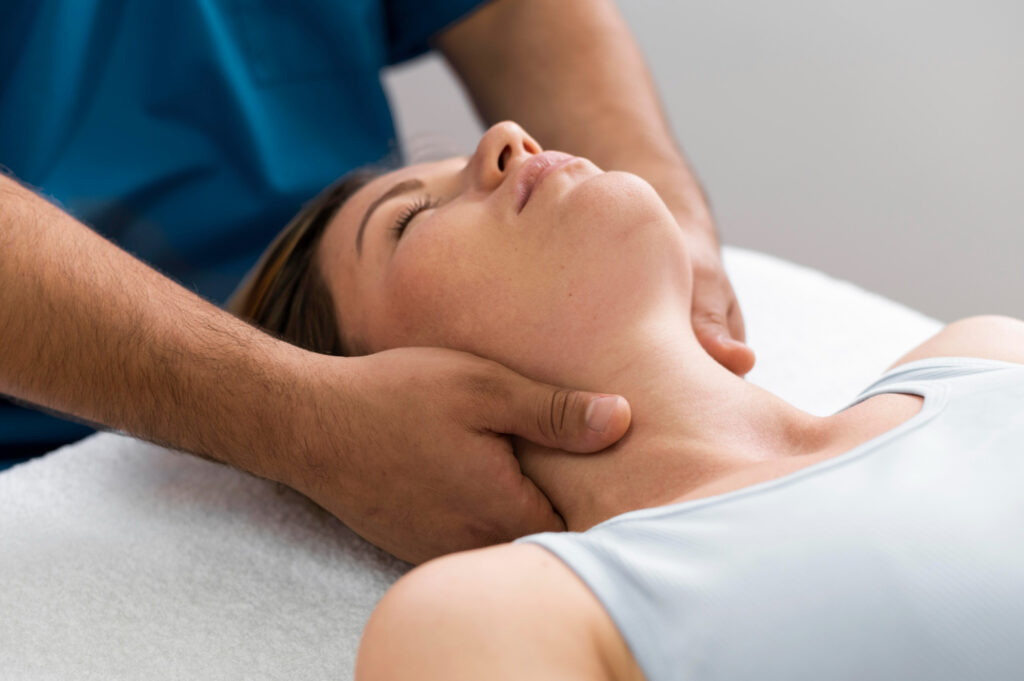
Step 3: Upper Body Massage
Move to the chest, shoulders, and arms. Use light, sweeping motions to guide fluid toward the lymph nodes. Remember, gentle pressure is key—you’re aiming to affect the skin, not the muscles.
Step 4: Lower Body Massage
For the legs and feet, use similar techniques. Start from the feet and work your way up to encourage fluid movement toward the lymph nodes in the groin area.
Conclusion
Lymphatic drainage massage is a powerful technique that can enhance your health and well-being.
By understanding how to perform it, you open the door to a natural method of reducing swelling, boosting immunity, and achieving glowing skin. Whether you choose to perform it yourself or seek a professional’s touch, the benefits are profound.
FAQs
What does a lymphatic massage do?
Lymphatic massage primarily reduces swelling by encouraging the flow of lymph fluid, helping to remove toxins and improve overall health.
What happens to your body after a lymphatic massage?
Post-massage, many people experience a sense of relaxation and increased energy. Physically, swelling may decrease, and skin can appear more vibrant.
How do I drain my lymphatic system myself?
With guidance from a healthcare provider, you can perform simple lymphatic drainage at home using the techniques outlined in this guide.
What does a lymphatic facial massage do?
Facial lymphatic massage targets puffiness and promotes a healthy glow by encouraging lymph flow, improving circulation, and reducing fluid retention.

